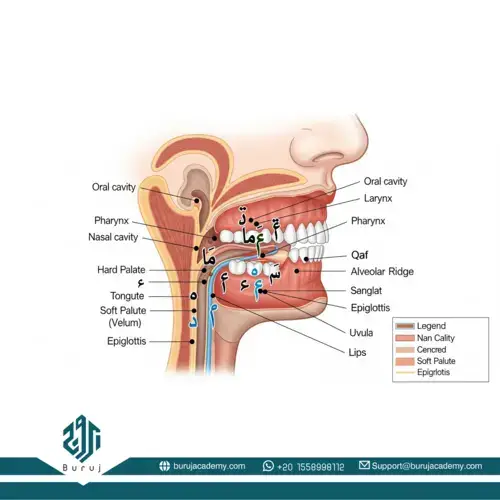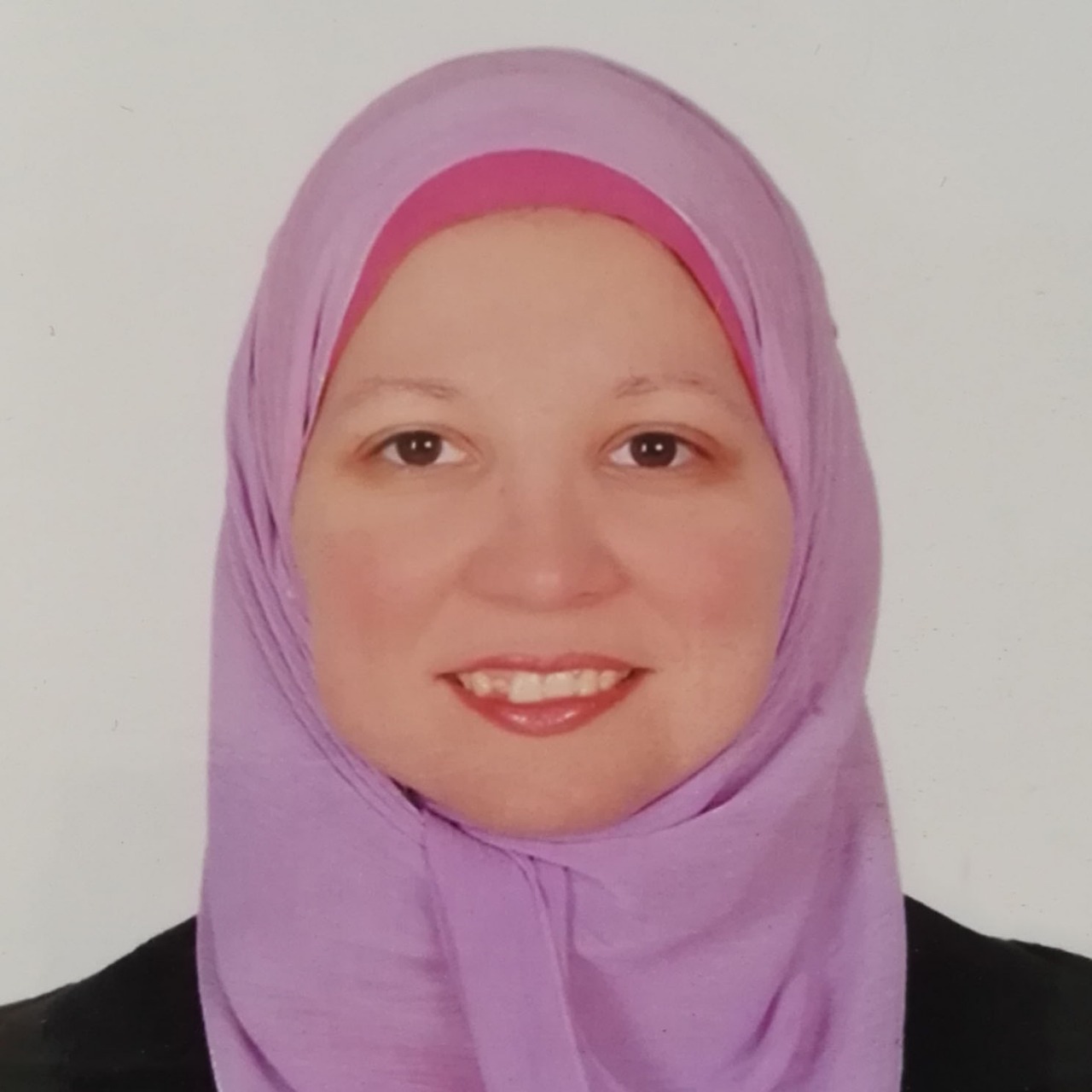The Complete Guide to Arabic Articulation Points
Introduction (Makharij al Huruf)
If you want to recite the Qur’an beautifully and accurately, you must master Makharij al Huruf—the articulation points of Arabic letters. By understanding exactly where each letter originates, you ensure correct pronunciation, preserve the meaning of each word, and uphold the eloquence of Qur’anic recitation. In this article, we will walk you through everything you need to know about Makharij al Huruf, from its basics to practical tips for mastery.
Whether you are a beginner or seeking to enhance your Tajweed skills , this guide will serve as your comprehensive reference .
What is Makharij al Huruf?
Makharij al Huruf (مخارج الحروف) literally means “articulation points of letters.” When you pronounce each Arabic letter, you must use a very specific part of the mouth, throat, or nasal cavity. Therefore, mastering these points allows you to distinguish subtle differences between similar sounds—like ص (Saad) and س (Seen). Consequently, this not only prevents mistakes but also enhances the clarity and power of your recitations.
Understanding the Makharij forms the backbone of proper Tajweed and Arabic phonetics, ensuring that you replicate the sounds exactly as they were revealed and taught.
Why Should You Learn Makharij al Huruf?
1. Preserve Perfect Qur’an Recitation
By learning Makharij al Huruf, you will recite verses exactly as they were revealed. Even slight changes in articulation may shift meanings—switching between ح (Haa) and ه (Ha) alters words entirely. Thus, you protect the Qur’an’s authenticity through proper pronunciation and fulfill your duty in preserving its sanctity.
2. Follow the Sunnah of Tajweed
The Prophet Muhammad ﷺ recited the Qur’an precisely and instructed his companions to do so. Therefore, when you learn proper articulation, you fulfill the Sunnah and show true respect for Allah’s words.
3. Gain Fluency in Arabic
Accurately pronouncing Arabic letters helps you strengthen your accent and fluency. Although many non-native speakers find sounds like ع (Ayn) or غ (Ghayn) challenging, practicing their articulation points makes them much easier and more natural.
Additionally, proper articulation improves your listening comprehension as well as your speaking ability, both essential for mastering Arabic.
Check out Buruj Academy’s Tajweed courses today!
The Five Major Areas of Makharij al Huruf
Scholars, such as Imam Ibn al-Jazari, defined 17 articulation points, grouping them into five key regions:
1. The Oral Cavity (al-Jawf)
You produce the long vowels ا, و, ي from the empty space in the mouth and throat (al-jawf).
-
ا (Alif) – after a fatha
-
و (Waw) – after a damma
-
ي (Ya) – after a kasra
These sounds form the foundational elongated vowels essential for fluency and melody in recitation
2. The Throat (al-Halq)
The throat area has three distinct points for six letters:
-
Bottom of the throat: ء (Hamzah), ه (Ha)
-
Middle of the throat: ع (Ayn), ح (Haa)
-
Top of the throat: غ (Ghayn), خ (Khaa)
These letters require precise throat control and distinct vocalization techniques, often presenting challenges for learners.
3. The Tongue (al-Lisaan)
Your tongue plays the largest role, with ten articulation points for most of the Arabic alphabet.
-
Back of the tongue and soft palate: ق (Qaf), ك (Kaf)
-
Middle of the tongue and hard palate: ج (Jeem), ش (Sheen), ي (Ya)
-
Side of the tongue: ض (Dad)
-
Edge of the tongue and upper teeth: ل (Lam)
-
Tip of the tongue and various teeth: ن (Noon), ر (Ra), ت (Ta), د (Dal), ط (Ta), س (Seen), ز (Zay), ص (Saad), ظ (Za), ث (Tha), ذ (Dhal)
The tongue requires precise positioning to differentiate many closely related letters , making this area critical for Tajweed mastery.
4. The Lips (ash-Shafataan)
Your lips produce four letters:
-
By closing both lips: ب (Ba), م (Meem)
-
By rounding, without full closure: و (Waw)
-
By touching the bottom lip to upper teeth: ف (Fa)
5. The Nasal Passage (al-Khayshoom)
You use the nasal cavity to create the nasalization (ghunnah) in م (Meem) and ن (Noon) with the correct Tajweed rules.
Mastering nasal sounds adds a beautiful resonance and proper emphasis to Quranic recitation, especially during prolonged nasalized letters.
Common Mistakes in Makharij al Huruf
Many students confuse similar sounds or mistakenly group articulation points. For instance:
-
Mixing up س (Seen) and ص (Saad)
-
Pronouncing ذ (Dhal) too much like ز (Zay)
-
Making خ (Khaa) sound too much like ح (Haa)
-
Ignoring the difference between heavy and light letters (Tafkheem and Tarqeeq)
Fortunately, you can fix these mistakes by listening carefully, practicing repeatedly, and learning from feedback.
Identifying and correcting these errors early strengthens your recitation and prevents bad habits from forming.
Sign Up for More Details
How to Master Makharij al Huruf
First, study with an experienced teacher who can observe your tongue, lips, and throat and correct subtle mistakes.
Next, practice one articulation point at a time. Focus on one group of letters—for instance, only the throat letters—until you clearly differentiate each sound.
Then, make audio recordings. Recording your recitation and reviewing it helps you notice mistakes and track your progress.
Also, listen to expert reciters such as Sheikh Mishary Rashid or Sheikh al-Husary. Pay close attention to how they articulate each letter.
Finally, use visual aids. Learning becomes easier when you study clear diagrams of the tongue, lips, and throat showing where each sound occurs.
Learn Makharij al Huruf with Buruj Academy
Many Islamic institutes and online academies—including Buruj Academy—offer targeted Tajweed courses covering Makharij al Huruf in detail. Our tutors guide you, listen to your recitations, and help you make continuous progress with personalized feedback. Consequently, every lesson brings you closer to reciting as the Prophet did.
Join our community and benefit from structured learning paths designed for beginners to advanced students.
Follow us for more YouTube, Facebook, Instagram
Conclusion (Makharij al Huruf)
In summary, mastering Makharij al Huruf gives you a solid foundation for Tajweed and Qur’anic recitation. When you learn the points of origin for each Arabic letter and train yourself to use them correctly, you keep Allah’s message clear, strengthen your fluency, and achieve beautiful recitation. Remember, consistency, proper guidance, and focused practice will transform you from a sincere learner into a confident reciter.





